Hercules Seghers - A Forgotten 17th Century Genius Who Explored the Boundaries Between Painting & Printmaking 🎨
Hercules Seghers is one of those artists that, even after intensive research, you still feel that they remain a mystery. Every work of art and aspect of his life is surrounded by an atmosphere that only gets thicker the harder you look. The bulk of his work consist of 184 etchings; only 18 paintings of him are known. He was extremely innovative and experimented with self-invented techniques and different materials to create images that are hard to believe they were created in the 17th century. He most likely didn't have any employees or pupils and his unique techniques and methods had hardly any followers. His secrets went with him in his grave. And so Hercules Seghers remains an extraordinary and singular mystery.
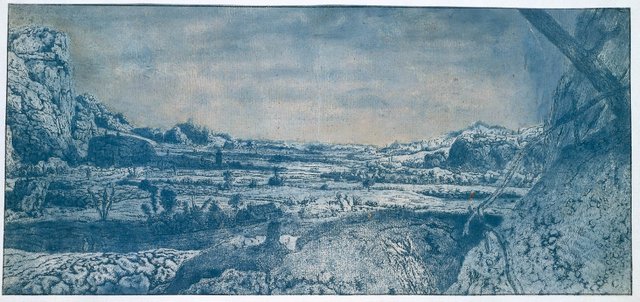
Not everything about the artist has disappeared in the fog. Samuel van Hoogstraten, another a 17th century artist, wrote about Seghers in his "Introduction to the Academy of Painting, or the Visible World" in 1687. Hoogstraten gained most of his knowledge about Seghers as an apprentice to Rembrandt. Rembrandt possessed no less than eight paintings by Seghers and an etching plate which he extensively worked on and printed.
Hercules Seghers was born around 1590 and grew up in Amsterdam as a son of Flemish parents. The famous painter Gillis van Coninxloo, who Seghers studied under, bestowed the young artist with the secrets of the Flemish mountain landscape paintings, the tradition of Pieter Bruegel and his own specialty: forest views. Coninxloo's workshop at the Oude Turfmarkt in Amsterdam was at that time the most successful landscape studio in Amsterdam. Seghers often painted the view from his house on the Lindengracht in Amsterdam and placed it in a mountain valley; an imaginary fantasy landscape. Most likely, Seghers had never seen mountains in real life. As far as we know, he never travelled farther than Brussels.
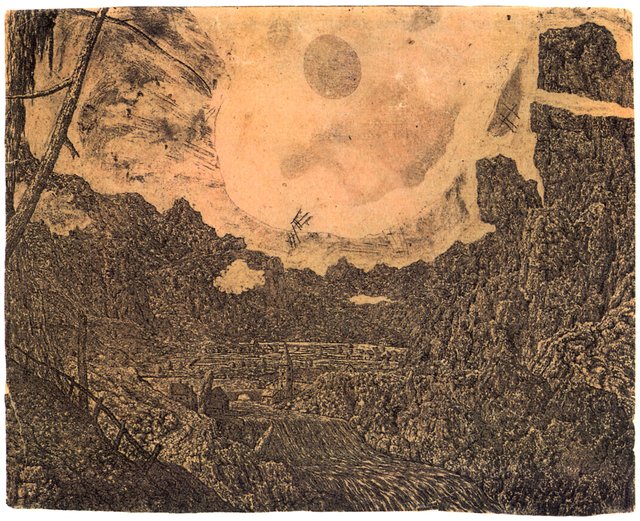
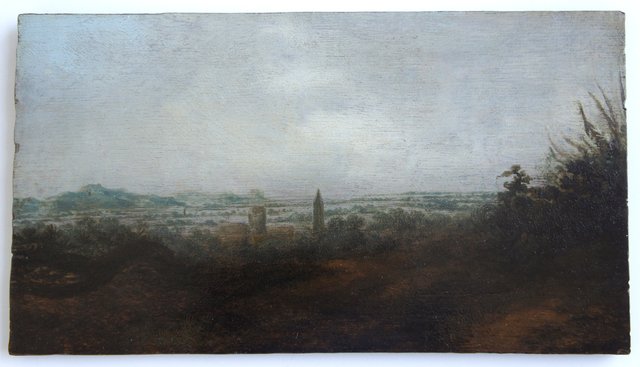
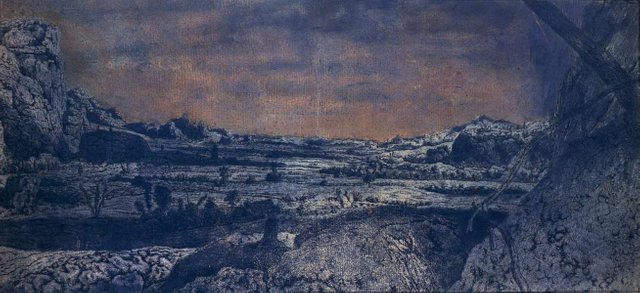
Seghers was registered as a master at the Sint-Lucas guild in Haarlem in 1612 and married Anneke van der Brugghen fifteen years later. The artist probably lived in poverty and had to sell both his house and studio. He died quite young between 1633 and 1640. It's unclear where he died, but according to Van Hoogstraten, Seghers died from falling down a staircase.
Seghers in many ways followed the great landscape painters before him, but did so in his own unique way. Van Hoogstraten described the artist as an eccentric and who carried out to the most wondrous experiments. Seghers often painted and printed on shirts and bed linens, most likely due to lack of money, and he invented the sugar-lift aquatint where you use a sugar solution and a paint brush to create a painterly effect.
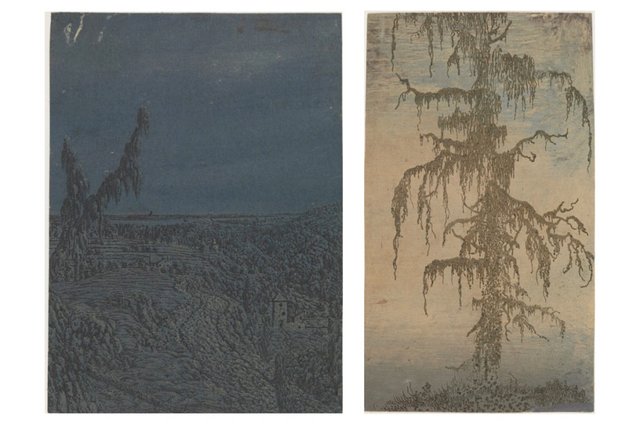
Hercules Seghers was a remarkable painter, but his prints in particular is what gave him his reputation as a mysterious landscape artist far ahead of his time. He often made multiple prints of the etchings, sometimes up to 20, with black or colored ink on paper, linen or cotton. Then he worked the various prints with paint and brush to create an unique work of art from each print. In this way he could evoke many different moods with the same landscape. The same rocky landscape in one mono-print could be sombre in one and cheerful in the other. Van Hoogstraten called them 'printed paintings'.
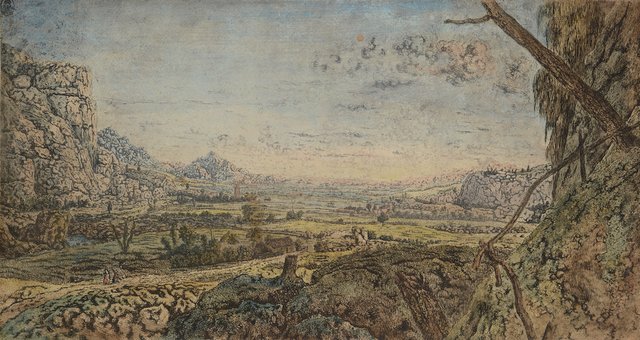

Although the contemporary admiration was high, Hercules Seghers quickly became forgotten. The majority of his works were lost or were thought to be made by other masters: Jan van Goyen, Ruysdael and even Rembrandt. The rediscovery of Hercules Seghers took place in the nineteenth century when the German art historian Karl Eduard von Liphart returned Seghers to the history of art in 1871 by associating his name with a mountain landscape in the Uffizi Gallery in Florence. An ambitious painting that was seriously damaged in the 17th century. There was a big hole in it - if you look closely you can still see the edges. It was sealed with a new piece of cloth and a large part of the mountains and the sky in the painting were restored. Thanks to the efforts of experts, more and more works were recognized as genuine works of this pioneer of mixed media and of exploring the boundaries between painting and printmaking.
 @SteemSwede
@SteemSwede
Sources:
Haverkamp-Begemann, E. (2013) Hercules Segers: The Complete Etchings
Dackerman, S. (2002) Painted Prints: The Revelation of Color in Northern Renaissance & Baroque
Donahue Kuretsky, S. (2005) Time and Transformation in Seventeenth-century Dutch Art
Stijnman, A. & Savage, E. (2015) Printing Colour 1400-1700: History, Techniques, Functions and Receptions
thank you for this post! loved it!
@steemswede have you seen or heard of Werner Herzog’s five channel film installation about Hercules Segers, ‘Hearsay of the Soul’?
I have unfortunately not seen it, but I know that Herzog is a great admirer of Seghers. Did you catch it?
I did, it was part of an exhibition at the Wattis Institute for Contemporary Arts, San Francisco, while I worked there as a Curatoral Fellow in 2013. It was a montage of Seghers’ paintings with an incredible classical cello score, intercut with video of the cellist performing the work. It was very Herzog....bold, soaring, operatic, and visual spellbinding. Check it out, it might be online somewhere in bits and pieces.